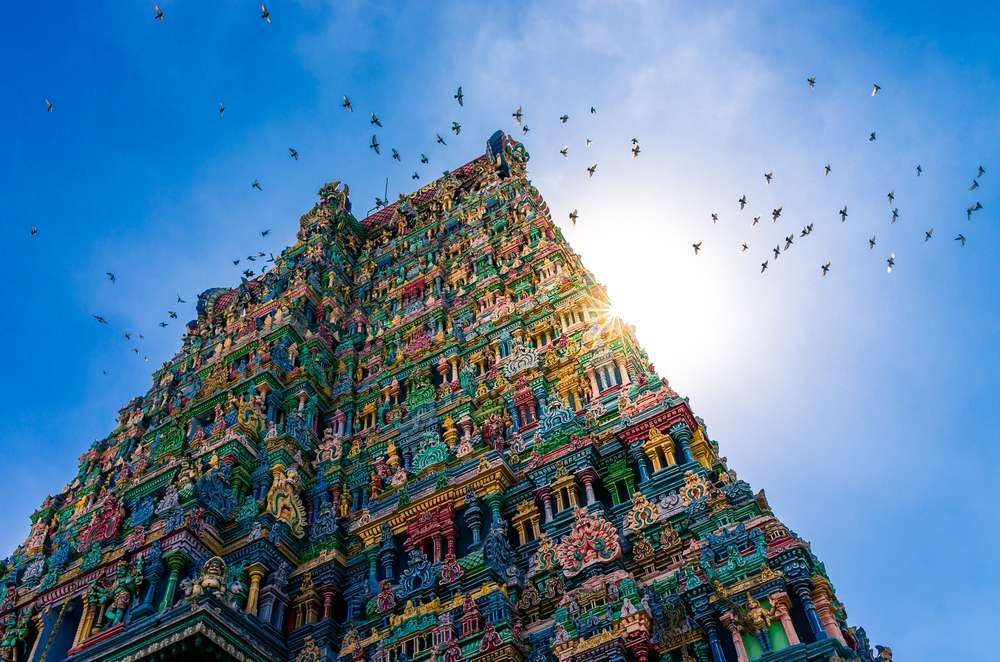India’s sacred forests are not just patches of greenery; they are living embodiments of the country’s deep-rooted ecological and spiritual connections. Revered for centuries, these pristine woodlands hold immense cultural, religious, and ecological significance. In this article, we embark on a journey to explore the enchanting realm of India’s sacred forests, understanding their role in preserving biodiversity, supporting local communities, and nurturing the spiritual bond between humans and nature.
The Sacred Grove Tradition
The sacred grove tradition in India dates back to ancient times when communities set aside forests and designated them as sacred spaces. These forests were considered abodes of deities and spirits and were strictly protected from human interference. Located in various regions across the country, these groves showcase the profound ecological wisdom of traditional communities and their deep understanding of sustainable practices. These sacred groves, often surrounding temples or natural landmarks, serve as sanctuaries for diverse plant and animal species. The preservation of these forests not only safeguards biodiversity but also fosters a sense of environmental stewardship among local communities.
Biodiversity Hotspots
India’s sacred forests are biodiversity hotspots, brimming with a rich tapestry of flora and fauna. These forests often act as ecological refuges, offering shelter to endangered species and maintaining a delicate balance in the ecosystem. The untouched nature of these groves allows rare plant species to thrive, some of which may have disappeared from other areas due to deforestation and habitat destruction. Moreover, sacred forests provide corridors for wildlife to move freely between fragmented habitats, contributing to the conservation of wildlife and maintaining genetic diversity.
Cultural and Spiritual Significance
For indigenous and tribal communities, sacred forests hold immense cultural and spiritual significance. These forests are deeply ingrained in their customs, myths, and rituals. The belief in the presence of deities and spirits in these groves instills a sense of sacredness and reverence for nature. Many rituals, festivals, and ceremonies of local communities are held in these sacred forests, reinforcing the spiritual connection between humans and the natural world. Such practices foster a sense of responsibility towards the environment and promote sustainable practices that have endured for generations.
Conservation through Traditional Wisdom
Sacred forests in India showcase the harmony between nature and human life. The traditional customs and beliefs associated with these forests have acted as effective conservation tools over the centuries. By designating certain areas as sacred and off-limits to human activities, communities have preserved critical ecosystems, ensuring the longevity of rare plant and animal species. The practice of community-led conservation in sacred groves highlights the significance of incorporating traditional wisdom into modern conservation efforts. This approach empowers local communities to take an active role in preserving their natural heritage, fostering a sense of ownership and responsibility.
Indian Visa for Japan Citizens
Challenges and Future Prospects
Despite their cultural and ecological significance, India’s sacred forests face challenges like urbanization, deforestation, and changing societal values. Rapid development often encroaches upon these sacred spaces, endangering the delicate balance between humans and nature. However, there is hope for the future. Organizations and environmentalists are recognizing the importance of conserving these sacred forests and integrating traditional knowledge into modern conservation strategies. Initiatives that involve local communities in conservation efforts have shown promising results in preserving these invaluable ecosystems.
Conclusion
India’s sacred forests stand as a living testimony to the ecological and spiritual connection between humans and nature. These enchanted woodlands not only harbor diverse plant and animal life but also nurture the cultural heritage and spiritual traditions of indigenous communities. By recognizing the value of sacred forests and incorporating traditional wisdom into conservation efforts, India can ensure the preservation of these natural sanctuaries for generations to come. As we continue to learn from the ecological wisdom of these sacred forests, let us embrace the values of reverence and stewardship that have guided communities for centuries. By protecting these ancient groves, we not only safeguard biodiversity but also strengthen the timeless bond between humans and the natural world, ensuring a harmonious coexistence that benefits both nature and humanity.
More articles: Untold Stories: India’s Ancient Civilizations And Lost Histories
